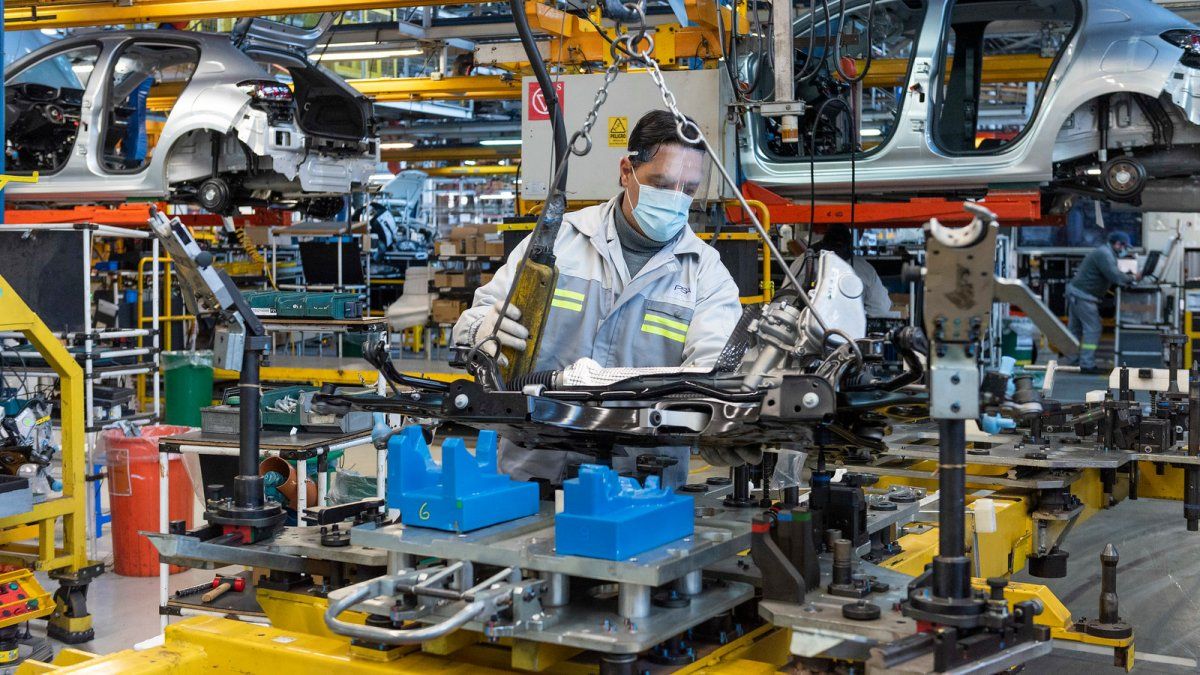“The August EMAE performed better than expected, which is positive. For September, we must weigh the income shock derived from the soybean dollar. Nevertheless, Looking ahead to the last quarter, there are several reasons that predict a cooling off in economic activity.”, Eugenio Marí, Chief Economist of the Fundación Libertad y Progreso, told Ámbito.
“On the domestic level, The drought is hitting agro-industrial production hard, especially wheat, which is one of the three main Argentine crops. In addition, in the last part of the year the lower income will be noted due to the liquidation of oilseed exports (which were brought forward to September)”, remarked Marí, who added: “The acceleration of inflation, which is already comfortably moving at an annualized rate of more than 100%, deepened the deterioration of the purchasing power of wages and, consequently, of consumption. While the greater restrictions for the access of imported inputs will be noticed in the industry. All in a framework where government debt issues absorb scarce domestic savings, which restricts credit in the economy”.
“To this must be added a deterioration in the terms of trade (partly offset by less need for energy imports) and a slowdown in global economic activity,” concluded the Libertad y Progreso economist.
looks
Martín Kalos, director of EPyCA Consultores, agreed with the diagnosis: “In the remainder of the year, a significant standstill in economic activity is expected. Basically, hand in hand with restrictions on imports, which put a limit on the ability to acquire inputs abroad, raw materials, spare parts and even machinery, which would allow more to be produced. That puts a limit on the level of activity and, therefore, a stagnation would be seen”.
“On the other hand, hehe macroeconomic inconsistencies that we have already been seeing, which are derived from the acceleration of inflation and the lack of expectations of sustained growth. Two things that, obviously, eat away at investment, but also put a cold shoulder on any decision on consumption, production, spending in general by companies or families that goes beyond the immediate and short-term future. In short, these are the two major factors that lead to a stagnation of the economy in the coming months until the end of the year,” added Kalos.
Nicolás Zeolla, chief economist of FIDE, pointed out that he also estimates that there will be “a slowdown in the economy in the last part of the year, as a result of the greater controls on imports and the impact of the acceleration of inflation on wages”. “Although I don’t see anything that sharp anyway and possibly activity will be closer to 5% than 4% in 2022,” he detailed.
“The sustainability of the recovery in activity would be reversed in the context of uncertainty and the adjustment of monetary policy. Market uncertainty and inflation containment instruments impose unfavorable effects on economic activity”, analyzed Martín Calveira, research economist at the IAE Business School of the Austral University.
For his part, Juan Manuel Telechea, director of the Institute of Economy and Labor (ITE) of the Germán Abdala Foundation, maintained: “It was quite settled that economic activity was going to contract in the last quarter of the year, because both government projections as of the private consultants indicated that. Nevertheless, As the months went by, that was losing validity, compared to the EMAE data that shows that the rebound is maintained. Today what we see is that it is likely that activity will slow down slightly in the remainder of the year, explained more than anything by the brake on imports, but that, in any case, 2022 would end with a greater than expected recovery, close to 5%”.
For its part, from Ecolatina they advanced that they expect that in the remainder of the year the evolution of the economy “exhibit some cooling.” “The last few months will be affected by restrictions on imports, which could impact the availability of imported inputs to produce in certain industries, but which for the moment have not shown significant negative effects on the aggregate level of activity. In turn, the more contractionary bias of the economic policy, in a context of the primary deficit target agreed with the IMF (2.5% for 2022) would result in the continuation of a lower fiscal impulse, visualized, for example, in the adjustment of public service rates that decreases the disposable income of families and the acceleration of inflation that decompresses spending as a percentage of GDP”, they remarked. In any case, since the firm also they expect a growth close to 5% for this year.
Source: Ambito
David William is a talented author who has made a name for himself in the world of writing. He is a professional author who writes on a wide range of topics, from general interest to opinion news. David is currently working as a writer at 24 hours worlds where he brings his unique perspective and in-depth research to his articles, making them both informative and engaging.




